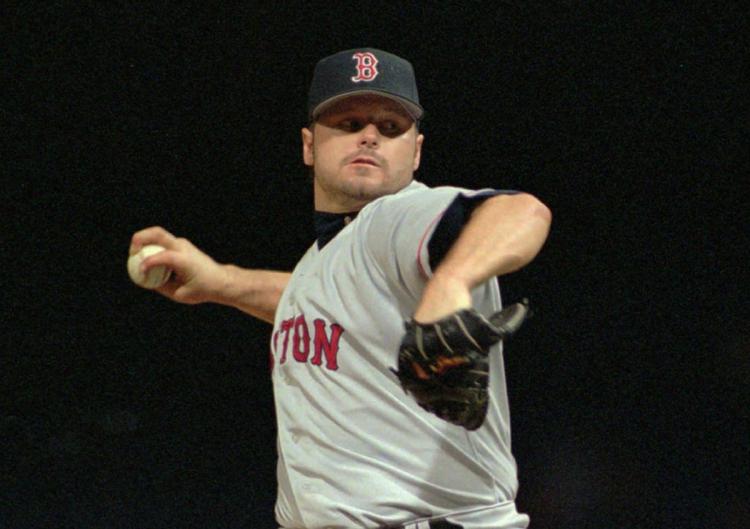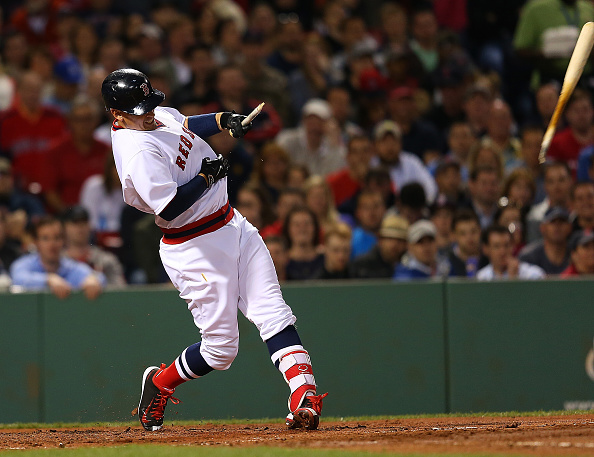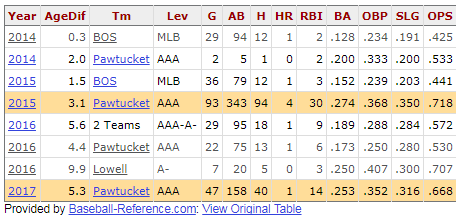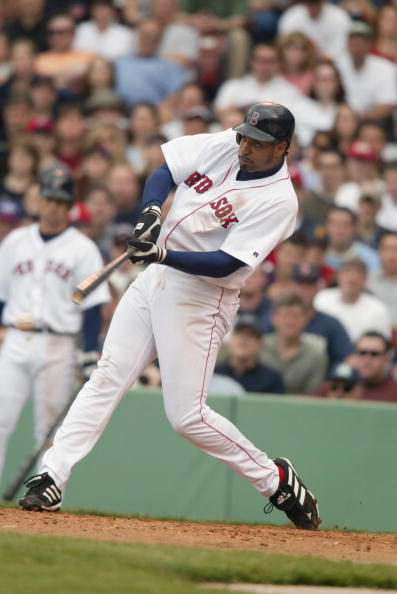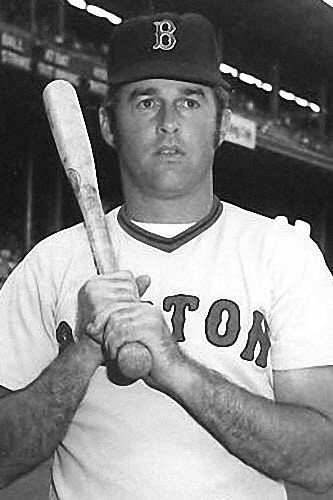On September 18. 1996, the Red Sox played the Tigers at old Tiger Stadium in Detroit. The matchup was the second of the series, with the Red Sox having taken the first game 4-2. Roger Clemens was on the mound for the Sox in the midst of a stellar stretch to close out the season. He faced off with young left-hander Justin Thompson. Thompson would be an all-star the following season but was still finding his footing at the big league level.
Clemens’ 1996 Season
Roger Clemens had been struggling for much of the 1996 season, pitching to a 4.36 ERA by the end of his start on August 1st. He went on a dominant stretch over the final two months to close out his free agent season. Heading into this game with the Tigers, Clemens was 5-1 with a 2.17 ERA over his previous seven starts. Those numbers would only get better as the night wore on. The 34 year old Clemens would go on to strike out 20 Detroit Tigers batters on the night, tying his own Major League record set back in 1986 against the Seattle Mariners. He was the only person to ever accomplish the feat at the time.

Breaking Down Clemens’ Historic Strikeout Feat
Clemens struck out two batters in the first, then struck out the side in the second. He struck out two more in both the third and fourth innings before striking out the side again in the fifth. He gave up a leadoff single to Brad Ausmus in the sixth, but proceeded to strike out the next three batters. Clemens struck out two in the seventh and two in the eighth to give him 19 strikeouts through eight innings. He had struck out at least two batters in every inning.
Maybe he had worn down some from all the work, but the first two outs in the ninth inning were not by strikeout, leaving Clemens still one away from the record with one out to go. He came through, striking out Travis Fryman for the fourth time in as many at-bats to tie his own Major League record.
An incredible 14 of the 20 strike outs were swinging. Clemens got 32 strikes total on the night swinging. 101 of his 151 pitches on the night went for strikes. Six of the eight Tigers starters struck out multiple times, with Phil Hiatt striking out in his only at-bat off the bench. Travis Fryman struck out in all four at-bats, including the 20th punch out on the night. Tony Clark struck out three times.
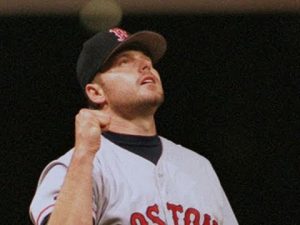 Other Noteworthy Peformances
Other Noteworthy Peformances
Bill Haselman was Clemens’ catcher for the game. When Haselman caught Clemens that season, The Rocket had a 3.10 ERA. In all other starts made by Clemens, his ERA was 4.71. In addition to his catching, Bill Haselman had a three hit game at the plate and drove in two runs. Joining him with three hits was September call-up Rudy Pemberton. Pemberton was a former Detroit Tigers farmhand and was having a heck of a September for the Red Sox. He had the only two extra-base hits for either team on the night, doubling twice amongst his three hits. Mike Greenwell had two hits and stole a base. Nomar Garciaparra stole the very first base of his Major League career.
The entire game is actually available on YouTube to watch. I watched it for the first time a couple years ago, as the night it happened I was relegated to listening to the game on the radio. If you aren’t a crazy fan like my and just want to see some highlights, enjoy the clips of all 20 strikeouts by Roger Clemens that night below.
